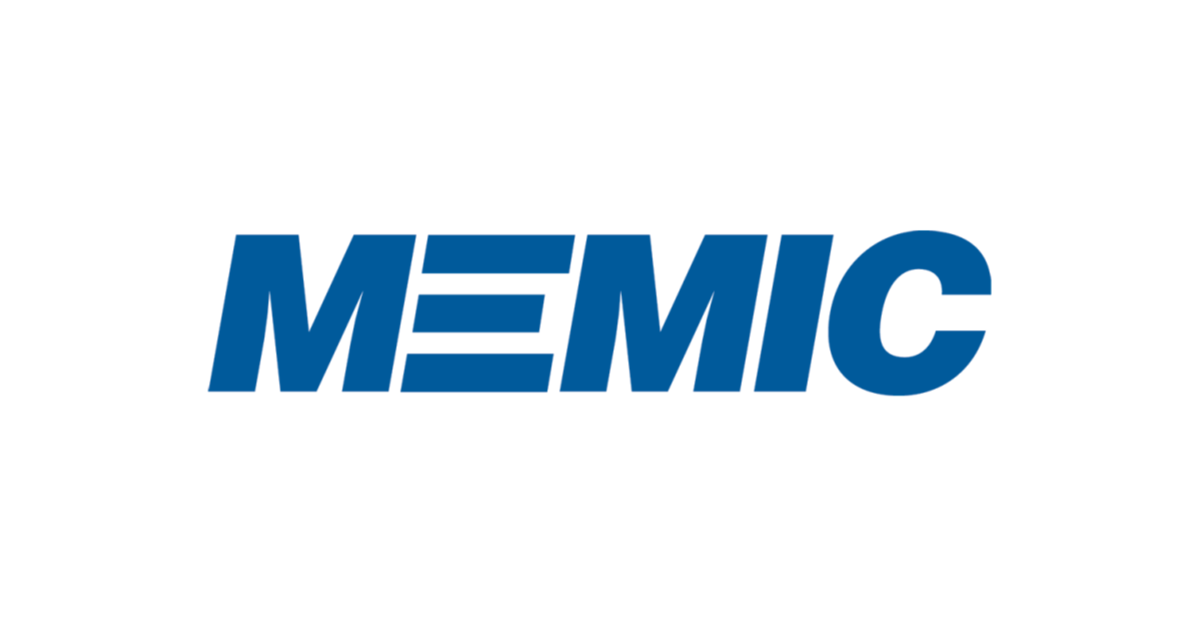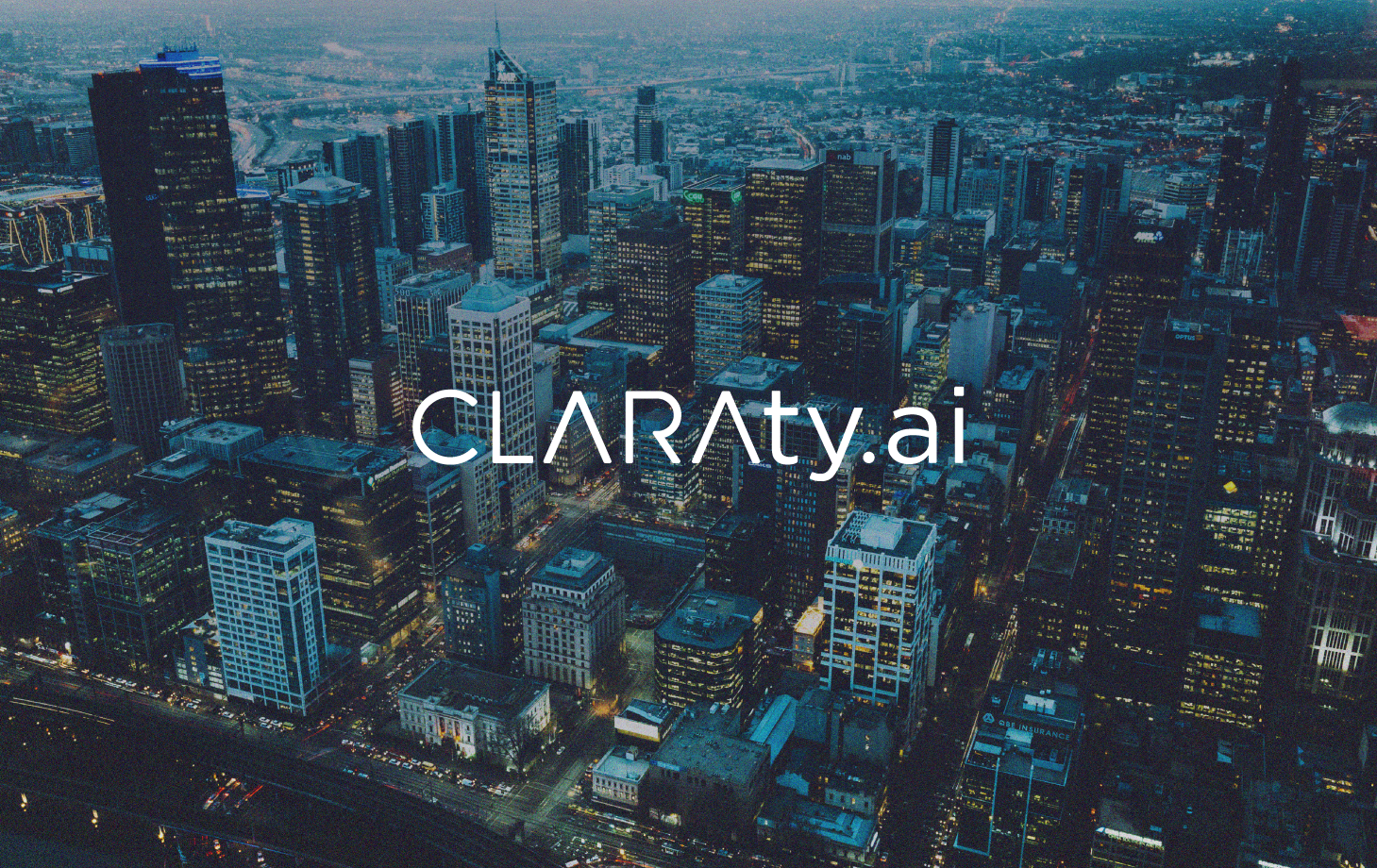Better Outcomes for Everyone: How MEMIC Partnered With CLARA Analytics To Transform Their Workers’ Compensation Claims Management
Introduction
The MEMIC Group prides itself in being much more than just a transactional provider of workers’ compensation insurance. Their corporate culture reflects the company’s mission of being partners in workforce safety and compassionate stewards to the injured workers who depend on them to manage their claims.
In 2016, when leaders at the company first began to explore opportunities for using advanced analytics, they started with that perspective in mind. Their aim was to improve outcomes for everyone involved. That meant reducing the time it took to close new cases. It also meant improving medical care for injured workers, making caseloads more manageable for their employees, and achieving stronger financial performance for the company’s policyholders.
MEMIC’s leaders clearly understood the value that analytics could bring to workers’ compensation insurers, but they also knew that in the rush to roll out data-driven initiatives, many of their peers in the industry were missing the big picture. While other insurers were focused heavily on fraud detection, MEMIC saw an opportunity to fundamentally change claims management in ways that could benefit a broad range of stakeholders.
Key Challenges
MEMIC’s leaders knew that achieving better outcomes would require a holistic data-driven approach to understanding and managing claims. By assessing the complexity and risk associated with each case, the company could direct its most expert resources to those cases that require the greatest attention. They could get a handle on which factors were driving claim escalations and then focus their efforts where they could provide the most value.
Naturally, it can be difficult to predict whether a case will escalate or whether it’s more likely to be resolved quickly. Moreover, as each claim moves through the process, it can evolve substantially; what was previously regarded as a routine case might suddenly take a wrong turn, leading to a persistent injury, a prolonged absence from work, or even litigation. AI and predictive analytics had the potential to be a game-changer.
Company executives believed that with the right data-driven approach, they could gain a better understanding of the dynamics surrounding workers’ compensation claims. They could focus their resources on the highest priorities — the cases where their experts could add the most value. With greater visibility to caseloads, managers would be better positioned to respond quickly, allocate the appropriate people to each claim, and speed the time to resolution.
MEMIC’s executives also knew that their existing systems for case management were lacking effective workflow tools. Claims processing demands constant reprioritization. For busy claims handlers, that calls for digesting new details about each claim, knowing when it is appropriate to act, and then making sure that follow-ups happen when they are supposed to.
In the past, claims handlers used a range of different methods to track those details and make sure nothing slipped through the cracks. The process differed for each employee based on personal preferences; but for most, it included a hodgepodge of calendar appointments, tasks and emails stored in their inboxes until follow-up had occurred. Even so, follow-ups were sometimes missed.
Leaders at MEMIC knew that they needed to replace those manual processes with technology that could alert claims handlers whenever new information became available or when action was required. They also understood that to do this successfully, they needed a system that could work well with their existing technology and which everyone in the organization could trust to deliver clear, accurate, timely recommendations.
Exploring AI
The MEMIC team made it a priority to find ways to improve claims outcomes. They wanted a technology platform that was proven in the industry and had been successfully applied to the specific challenges they sought to address. Unfortunately, most of the vendors whom they initially engaged were primarily concerned with fraud detection. They lacked the holistic approach that MEMIC was looking for.
Project leaders were also interested in working with a company that had deep experience in workers’ compensation. Most of the data analytics vendors with whom they met were aiming to address the insurance industry as a whole. They lacked that clear understanding of workers’ comp insurance, which is MEMIC’s core focus.
Reinsurance broker Aon Benfield introduced MEMIC to CLARA Analytics in 2017. When MEMIC’s executives spoke with CLARA Analytics for the first time, they recognized a company that stood apart from other analytic AI vendors. CLARA had developed technology that could delve deep into claim details using natural language processing to consume the narrative details describing each case. It could combine that with structured data to form a complete picture and apply insights learned from historical experience to predict which cases were at risk of escalation.
In addition to providing guidance in claims triage, CLARA’s technology could also help to identify the medical providers most likely to bring each case to a positive resolution. Using these capabilities, MEMIC could improve outcomes for injured workers while gaining greater visibility to costs. Moreover, they could build those systems around a body of data from multiple insurers and providers within the markets where they do business.
Project leaders at MEMIC saw CLARA’s AI technology as being in a different class from the general data analytics and machine learning companies they had spoken to in the past, but they wanted evidence. The company engaged CLARA on a proof-of-concept project. Executives at MEMIC were quickly convinced of the value this technology had to offer.
The Benefits
When claims are resolved faster, everyone benefits. Workers recover more quickly and get back on the job earlier, which of course benefits employers. For MEMIC, faster resolution means lower spend. As a mutual company, that benefits MEMIC’s mutual policyholders.
Just one year after launching their partnership with CLARA, MEMIC is already seeing measurable results. One of the company’s key metrics is the percentage of cases that are closed within 300 days. In the first year following MEMIC’s adoption of CLARA’s AI technology, they saw a nearly 11% improvement in that number for medical-only claims in directed care states. For indemnity claims, the improvement was almost 17%. Notable improvements were also made in cases where employees were left to select their own providers.
The new technology has also made life better for the team leaders who oversee claims. CLARA enables managers to see what each member of their team is working on, with some added perspective on caseload complexity. Executives at MEMIC recognized that a workload of 80 or 90 higher-risk claims might be more burdensome than a caseload of 120 or more routine low-risk cases. MEMIC worked with CLARA to develop a “weighted workload” metric so that team leaders could better understand how work is distributed among members of their staff.
“Our managers are happy with CLARA Analytics and the new tools they now have at their disposal to help them oversee their teams on a daily basis,” said Matthew Harmon, Senior Vice President of Claims. “They are now better able to assign cases and balance workloads based on claim handlers’ experience levels. In the end this supports our ongoing mission to deliver better outcomes by reducing claim durations and lowering claim costs.”
The Future Looks Even Brighter
MEMIC has already achieved positive ROI with CLARA. In their first year using the technology, through a combination of improved closure rates and utilization of higher scoring medical providers, the company saved over $5 million.
Yet company executives are convinced that there are a lot more benefits to be gained.
“We have only just scratched the surface of what we can do with CLARA,” said Harmon. “This has been a highly collaborative partnership and one that we’re very excited to continue. We’ve committed to extending our relationship with CLARA Analytics because we see so many possibilities for improving outcomes. CLARA Analytics will be a critical partner to MEMIC as we move forward with our goal to become a more data influenced organization.”
About CLARA Analytics
CLARA Analytics improves claims outcomes in commercial insurance with easy-to-use AI-based products. The company’s product suite applies image recognition, natural language processing, and other AI-based techniques to unlock insights from medical notes, bills and other documents surrounding a claim. CLARA’s predictive insight gives adjusters “AI superpowers” that help them reduce claim costs and optimize outcomes for the carrier, customer and claimant. CLARA’s customers include companies from the top 25 global insurance carriers to large third-party administrators and self-insured organizations. Founded in 2016, CLARA Analytics is headquartered in California’s Silicon Valley. For more information, visit https://claraanalytics.com/, and follow the company on LinkedIn and Twitter.




